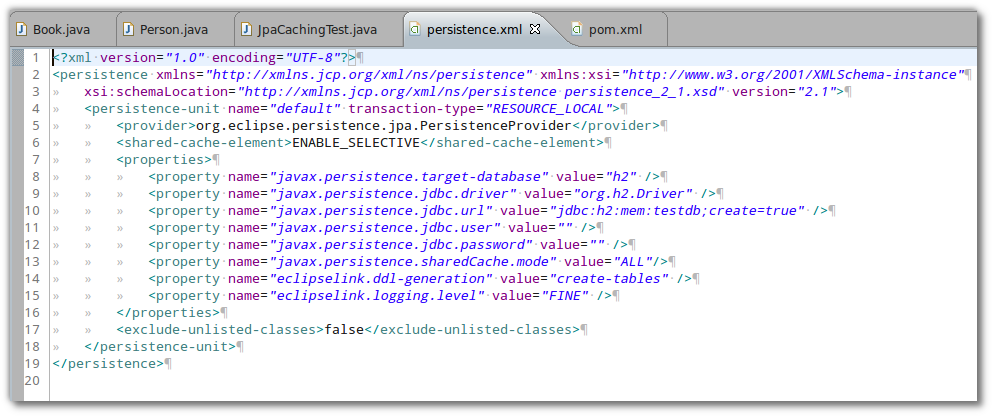
Java EE: Setting up and Testing Form-Based JDBC Authentication with Arquillian and Maven
Especially when it comes to testing, setting up a decent environment for a secured Java EE web application isn’t always an easy thing to do. In the following tutorial I’d like to demonstrate how to create a secured web application using form-based authentication and a JDBC realm to fetch users and roles and how to run the application in an embedded container for testing and development. Additionally I’d like to show how to write and run integration tests to verify the security setup using a setup of Maven, Embedded GlassFish, Arquillian, jUnit and rest-assured. ...



